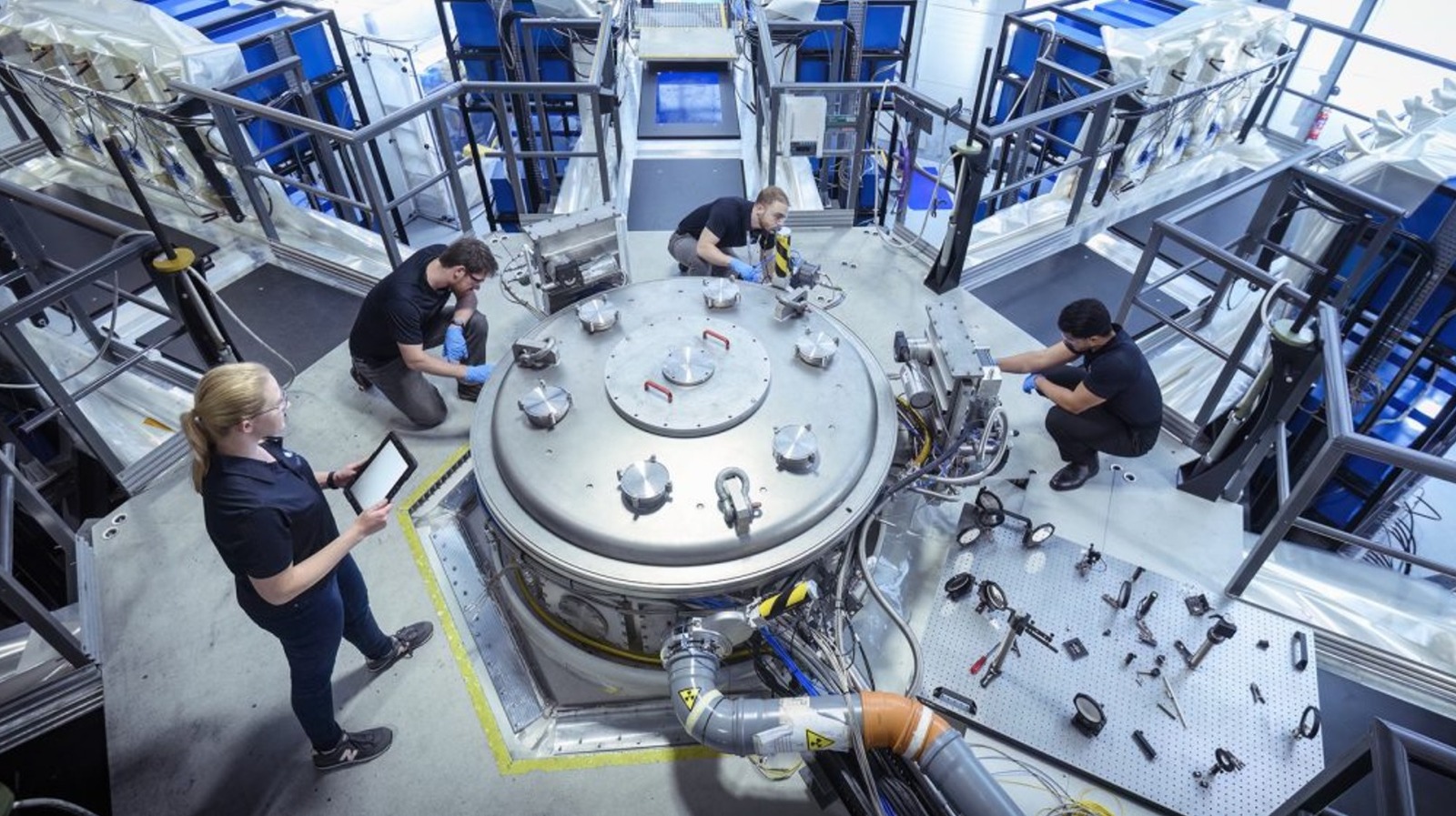First Light Fusion, a company based in the United Kingdom, has made a significant advancement in fusion energy technology. The firm has developed a method to achieve “high gain” inertial fusion, a landmark achievement in the quest for a viable fusion reactor capable of producing sustainable energy. This breakthrough brings the potential for a near-limitless energy source closer to reality, which could help transition the world away from fossil fuels.
Understanding Fusion Power
Fusion power generates electricity from the heat released during nuclear fusion reactions. This process occurs when two light atomic nuclei combine to form a heavier nucleus, releasing substantial energy. The concept of harnessing this energy for practical use has long been regarded as the “Holy Grail” of energy production.
Despite numerous advancements in fusion research, no commercially viable fusion reactor currently exists. The challenge has been achieving a reaction that produces more energy than is consumed to initiate it. First Light Fusion’s recent achievement represents a crucial step forward in overcoming this barrier.
Details of the Breakthrough
The new process, named FLARE (Fusion via Low-power Assembly and Rapid Excitation), has the potential to achieve a gain factor of 1,000. In comparison, the previous highest gain recorded was four, achieved by the U.S. Department of Energy’s National Ignition Facility in May 2025. Gain refers to the energy produced relative to the energy input, making it a critical metric in the success of fusion power research.
FLARE innovatively separates the processes of compressing and heating the fuel. The initial compression results in a substantial surplus of energy through a method called “fast ignition.” This innovative approach allows First Light Fusion to be the first to practically utilize this technology, which had previously remained elusive despite extensive research.
According to First Light Fusion’s white paper, a single kilogram of fusion fuel can produce as much energy as 10 million kg of coal. Achieving ignition requires heating the fuel to approximately 100 million kelvin, which is significantly hotter than the sun. Although producing such extreme temperatures demands considerable energy, the potential for self-sustaining fusion could drastically reduce overall energy costs in the long run.
If FLARE operates as theorized, it could pave the way for multiple fusion reactors capable of providing energy on a global scale. The implications of such a development would be profound, potentially transforming the energy landscape and significantly reducing reliance on non-renewable sources.
While this achievement is a promising milestone, experts caution that it is only the beginning of a long journey toward practical fusion power plants. The advancements made by First Light Fusion highlight the ongoing progress within the field and the optimistic outlook for future developments.
In summary, First Light Fusion’s breakthrough in achieving high gain inertial fusion is a landmark event in the pursuit of sustainable energy solutions. The successful implementation of the FLARE method could transform energy production and contribute to a cleaner, more sustainable future.







